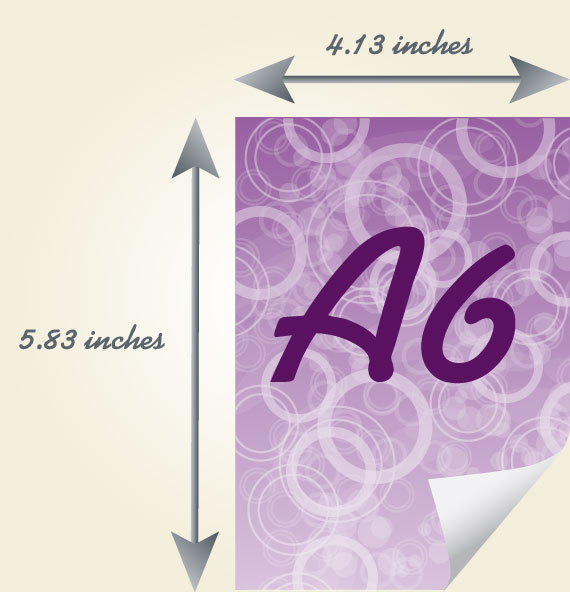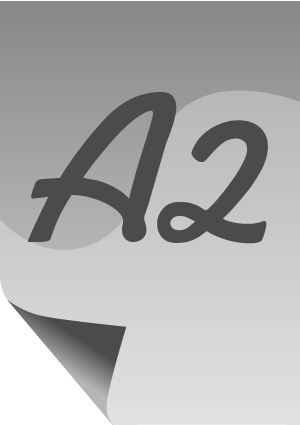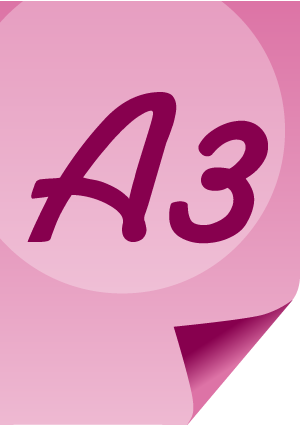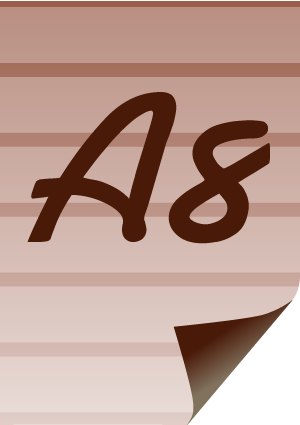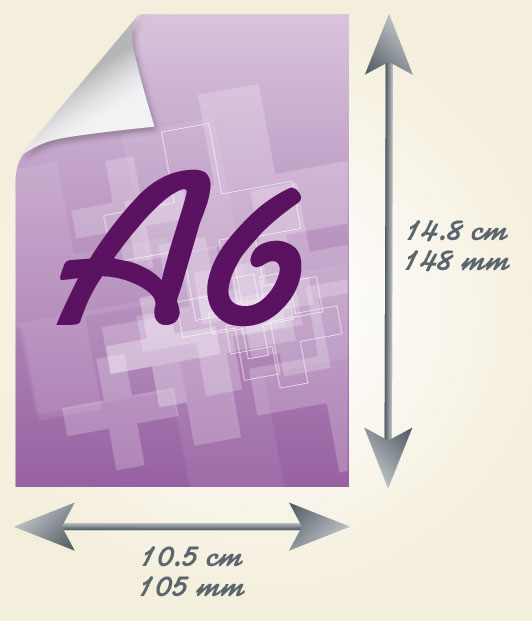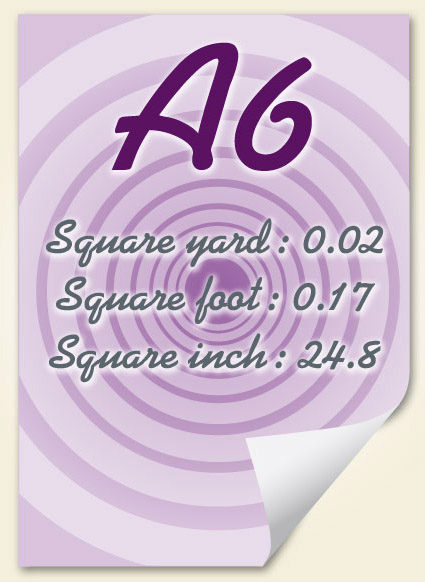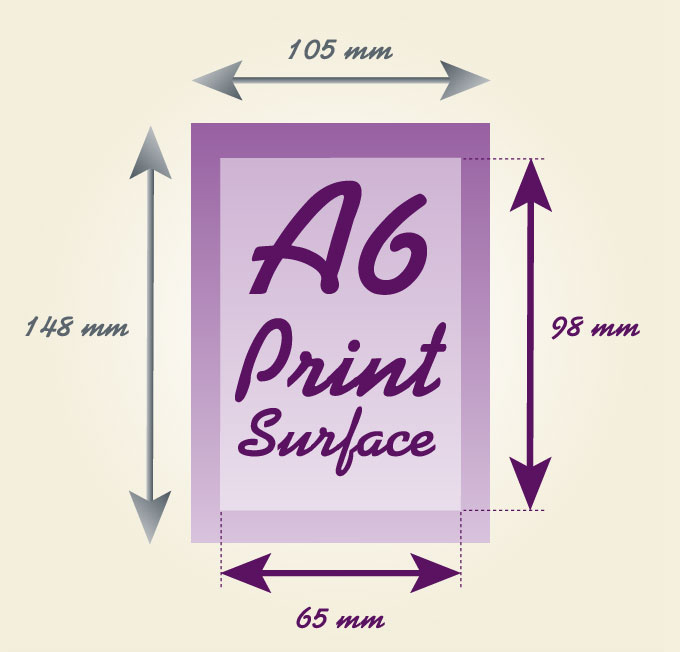A6 Paper Size
The A6 is used for small brochures, programs or flyers. It is always printed by professionals, who print in large sheets before cutting them. He was normalized following adoption of ISO 216 (1975).
A sizes were first defined by the DIN (Deutsches Institut für Normung) in 1922, also based on Lichtenberg’s ratio, who described it in 1786 in a letter, first written on a sheet with the ratio of the square root of 2 or 1.4142.
The A6 has dimensions that don’t allow to accommodate long texts: 148 x 105 mm or 5.83 x 4.13 inches. Its area printing is less than its total area (0.0155 m²): 0.0064 m², or 98 x 65 mm.
The A6 surface can also be expressed in square yards (0.02), in square foot (0.17), or in square inches (24.8).
The A6 corresponds to half an A5, quarter an A4. However, it takes 2 A7 sheets to form an A6, 4 A8 sheets. To refer to the largest paper in ISO 216, A0, we must know that the A6 is 64 times smaller.
Thus we can obtain the weight of one or more sheets of A6-size before printing. If a paper weighs 120 g/m², an A0 sheet weighs 120 grams, whereas A6 will weigh only 120/64 = 1.875 gram.
The measurements in inches of A6 is 4.13 x 5.83
